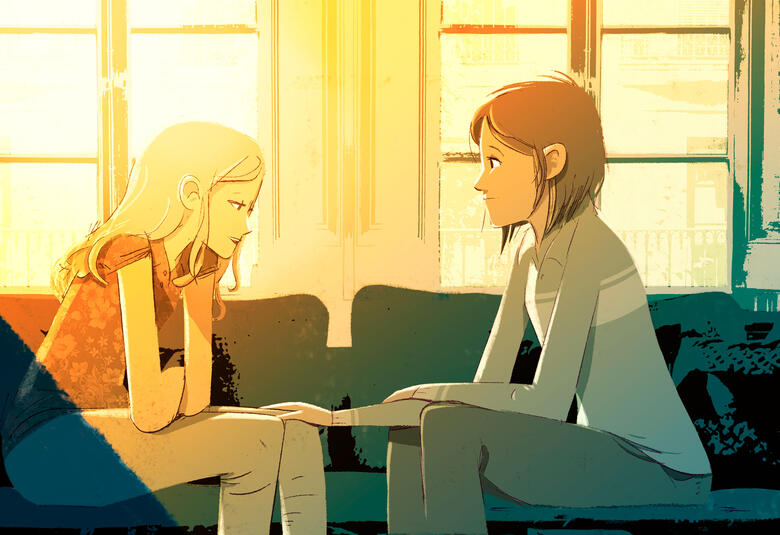The brain is influenced by external events
Prof Tomas Paus (University of Toronto, Canada) described, at EPA 2016, adolescence as a dynamic period of brain development - and a time of emerging risk.
‘If the brain was so simple that we could understand it, we would be so simple that we couldn’t.’ - Emerson Pugh
There is interplay between genes and the environment. Prof Paus described the two-hit hypothesis of schizophrenia. Having genetic traits associated with schizophrenia - first hit - plus cannabis use before the age of 16 - second hit - impacts brain structure. Grey matter thickness is reduced. These brain changes may have functional consequences.
ECT and brain plasticity
Prof Bogdan Draganski (Université de Lausanne, Switzerland) demonstrated brain plasticity in response to electroconvulsive therapy (ECT). ECT causes volume increase in the hippocampus. But when using a more basic form of MRI (T1-weighted) to measure these brain changes, there is no straightforward neurobiological interpretation. Moving forwards, novel structural MRI based on biophysical models will allow more valuable neurobiological interpretation of structural brain changes.
Dynamic brain changes
Prof Tomas Hajek (Dalhousie University, Canada) noted that the impact of neuroimaging research on clinical psychiatry has been small so far.
The concept of brain changes is shifting. The idea that mental illness is an expression of a brain lesion may be too simple. Referring to bipolar disorder, Prof Hajek proposed a dynamic model based on illness-related plasticity. Brain changes in mental illness represent an interplay between opposing effects of illness burden and compensatory processes.
Brain changes as diagnostic markers
Primary abnormalities - genetically determined brain changes that increase disease vulnerability - can aid in early identification and diagnosis. But after disease onset, secondary abnormalities - what the patient has gone through - can’t be used for diagnosis. These factors include comorbid conditions, illness duration and treatment. So brain-change markers need to be identified early.
Genetic high-risk trials could be used to study primary abnormalities as diagnostic markers. These include young relatives of patients with bipolar disorder.


